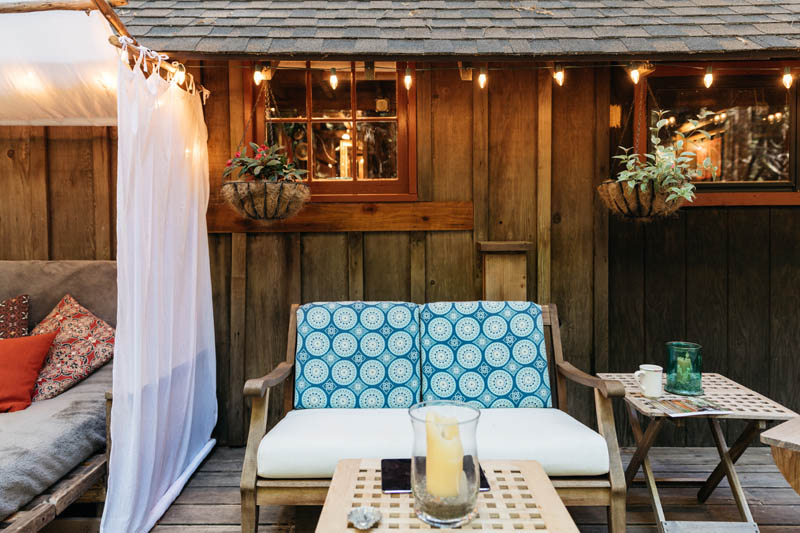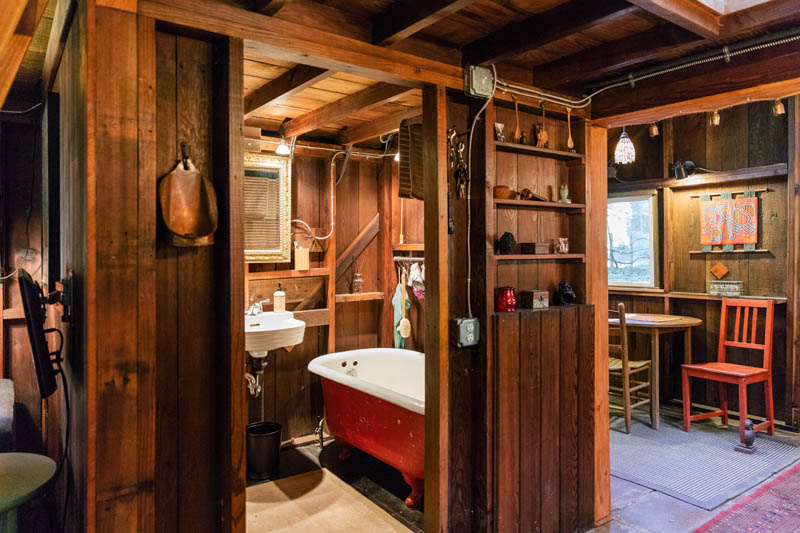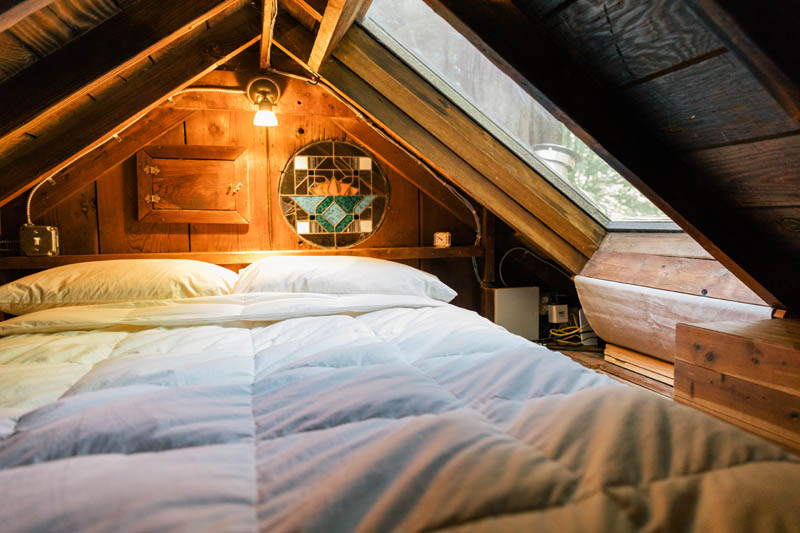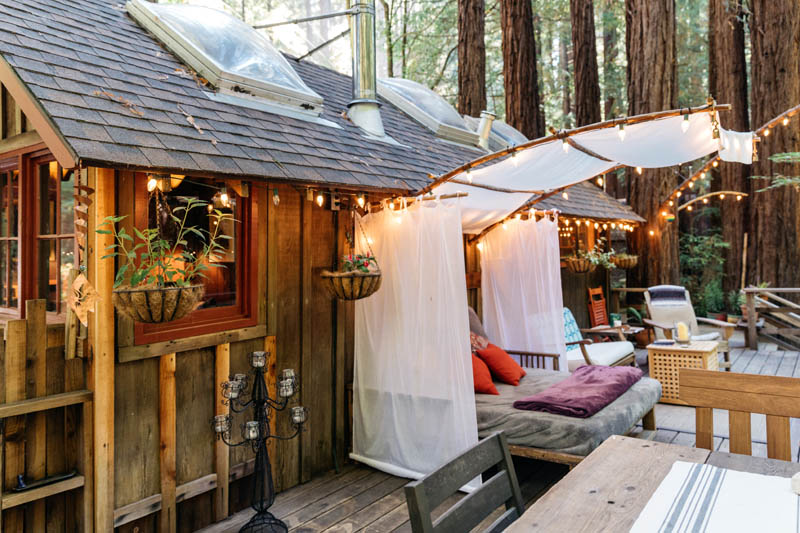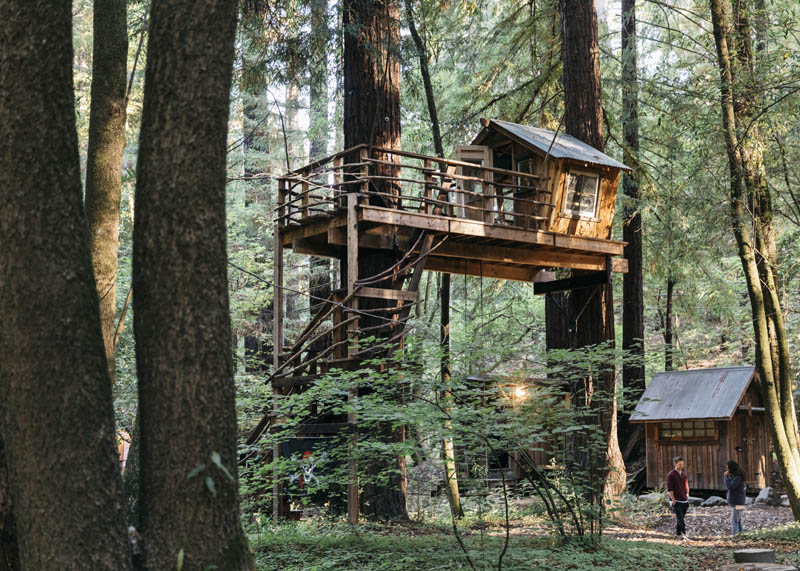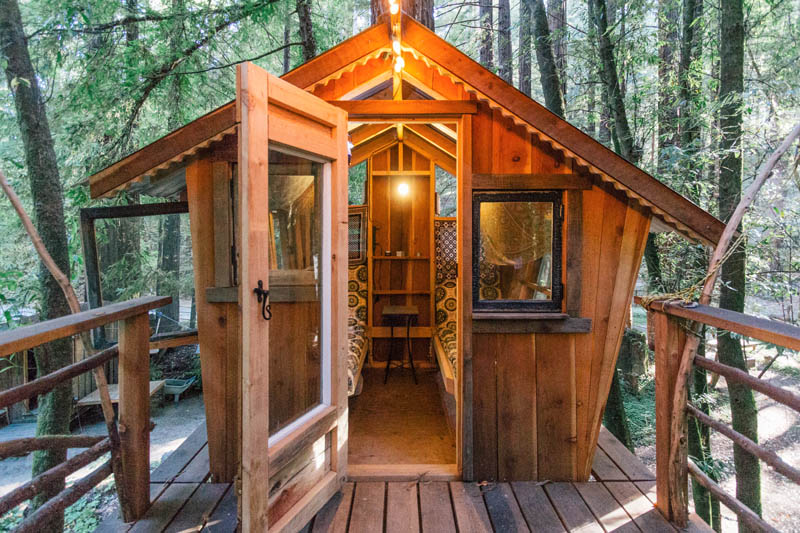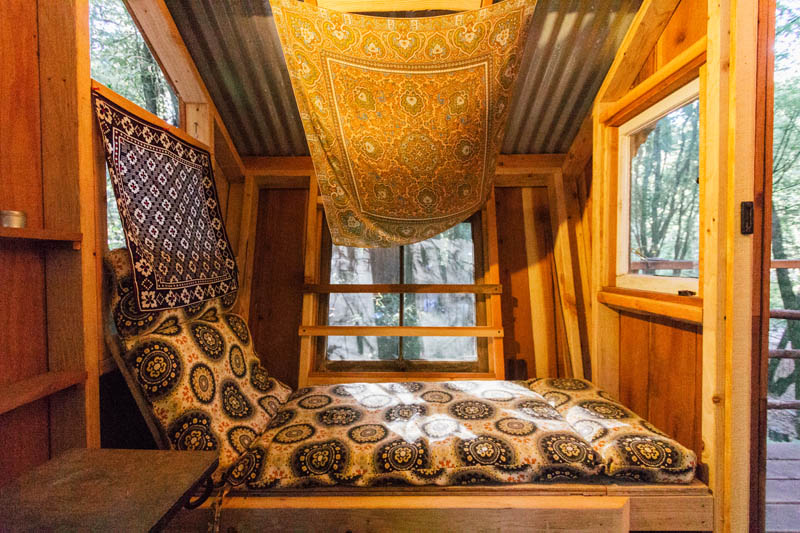Naturally, the home moving process will involve various tasks of packing things into cardboard boxes, lifting and carrying those moving containers out of your home, loading them into the awaiting moving vehicle, then transporting the filled boxes to the new address, unloading and carrying them into the new house or apartment.
 Unfortunately, the successful handling of cardboard boxes will not be the only thing you will need to worry about – in most cases, it’ll be the heavy furniture pieces that will give you a much harder time.
Unfortunately, the successful handling of cardboard boxes will not be the only thing you will need to worry about – in most cases, it’ll be the heavy furniture pieces that will give you a much harder time.
And if you have decided not to use the services of reputable furniture movers – for some reason or another, then you will need to double your efforts, at least, in order to be able to move heavy furniture on your own.
What is the best way to move heavy furniture by yourself?
The following tips for moving heavy furniture will enable you to handle that heavy task (literally!) much more easily, without causing any costly damage to your possessions or sustaining painful injuries to you or any of your helpers.
First things first: Should you move your heavy furniture at all?
Beds, sofas, couches, wardrobes, dressers, armoires, cabinets, desks, tables – all of these furniture pieces are rather big and heavy, and thus pose a serious challenge when the time has come to move them to another home. Due to their substantial weight, the very first thing you need to do is ask yourself if you’re really willing to pay for their transportation.
Keep in mind that it doesn’t always make sense to haul furniture pieces to a home that can be tens, hundreds or even thousands of miles away from your pickup location simply because the time and money you will lose in the process cannot possibly match the actual value of those items. You may find it really hard to leave your favorite furniture pieces behind but it all comes down to an impartial assessment of what you will gain and what you will lose in each relocation scenario.
Make an informed decision to avoid having bitter regrets after the move is over. After all, you won’t be particularly happy to have gone to the trouble of disassembling, packing, lifting, moving, loading, transporting, unloading, carrying, unpacking, reassembling and positioning your furniture pieces only to realize that they won’t fit, match or suit your new home.
Now let’s assume that you have analyzed your home moving situation and you have decided to move a number of heavy furniture without using professional moving services. If that is the case, then you should be really interested in learning how to move heavy pieces of furniture by yourself.
See also: Top 5 self-moving mistakes to avoid
Required equipment to move heavy furniture by yourself
Moving heavy furniture safely is practically impossible without the usage of the right moving equipment. Even Superman would probably need some kind of moving equipment to complete the task quickly, easily, and with zero damage.

The success of moving heavy furniture by yourself hinges on the availability of proper moving equipment.
Here’s what to use to move heavy furniture:
Moving dolly
Professional movers swear by moving dollies, and they are right to do so. The wheel still remains one of the greatest inventions in the history of mankind, and there isn’t a single reason why you shouldn’t take advantage of it as well.
An appliance dolly (the L-shaped two-wheel hand truck) or a furniture dolly (the four-wheel square platform)?
Get a furniture dolly to move heavy furniture around your home and wheel it out all the way to the moving van. Rent one from a local moving company or consider investing in a new one, especially if you tend to move house fairly regularly.
Furniture sliders
If you really want to know how to move heavy furniture with one person only – across the room or to another room in the home but never up or down the stairs, then your best bet is to use furniture sliders.
Sliders are made of hard rubber and plastic, and when placed underneath each leg or side of a furniture piece, they will minimize the friction between the item to be moved and the room floor. And without any subsequent resistance between Object and Surface, you will be able to slide any big and heavy furniture piece effortlessly across any type of floor without leaving scratch marks or dents on the floor during the process.
There are separate furniture sliders for hardwood floors and carpeted floors, so you can actually pick the ones you need. High-quality sliders can be purchased from a local moving company, from a home goods store, or online.
If you’re moving on a tight budget and you’re not willing to spend money unless you really have to, then you’ll be glad to know that you can resource to using DIY furniture sliders. Good alternative to the original furniture sliders can be old plastic Frisbees or pieces of thick clothing (moving blankets work great).
Pro tip: How to pack for a move like a pro
What to do before moving heavy furniture on your own
Now that you’ve decided which furniture pieces you will move and what equipment pieces you will need to do just that, it’s time to focus on the final preparation stage just before the actual moving process begins.
Here’s what you are advised to do before you move really heavy furniture without the assistance of professional movers:
Disassemble the furniture

Disassemble your furniture first for safer packing and easier transportation.
First of all, see if the wooden pieces you own can be disassembled safely for easier and safer transportation. In addition to the substantial weight, furniture is often too oversized and awkwardly shaped to be moved out as it is.
Whenever possible, remove any detachable parts such as arms, legs, doors, shelves, side sections, and so on to 1) reduce the overall weight, 2) to make the packing task way easier, and 3) to make sure those pieces will pass through all door and hallway openings in your home.
Get qualified help if you’re unsure how to take apart some of your furniture pieces.
Protect the furniture
It’ll be a mistake to start moving furniture out of your home without providing a good level of protection first.
- All wooden surfaces of each and every piece of furniture should be completely covered with moving blankets, secured with tape or pieces of rope but never placed directly onto the delicate finish.
- Use bubble wrap to protect more fragile parts such as ornaments. If you happen to be moving antique furniture, then you should definitely use plenty of bubble wrap as extra protection, or get in touch with experienced furniture movers.
- Place pieces of corrugated cardboard around furniture corners and tape them in place.
- Remove glass elements (doors, shelves, tabletops, showcases, etc.) and wrap them separately in blankets.
- Use pieces of twine to secure all movable yet non-detachable parts that may open during transport.
You’ll need this: The best 15 packing tips for moving
Eliminate possible dangers
Knowing how to move large and heavy furniture is all about taking the necessary precautionary measures and keeping a high level of safety throughout the move. One such precautionary measure is to inspect carefully the exit route of your furniture pieces and see if there are any danger spots along the way that could prove to be problematic.
Remove random objects that happen to be in the way so that the paths remain clear of obstacles. No water, dust, mud or snow must be present on the ground because they can easily form slippery areas where bad accidents will be waiting to happen.
Get non-professional assistance
Needless to say, the best way to move heavy furniture is to request professional moving services so that you can stay outside the risky moving action and watch the pros do what they do best. But the cost to hire professional movers may not be to your liking, or you may have concluded that you’ll manage the local move all by yourself. Either way, you’re still going to need help moving your heavyweight household items.
Moving heavy furniture entirely on your own is only possible if those heavyweight items are only being moved from one room to another on the same floor, for example. In all other moving scenarios, you are strongly advised to get at least one, preferably two trustworthy helpers to give you a hand and keep things safe.
Useful info: 10 things to do before professional packers arrive
How to move heavy furniture by yourself
Safety is critical when moving heavy furniture, so you must be familiar with the proper way to lift the heavyweight items without sustaining any injuries. And then, when you know how to use the proper lifting techniques, we’ll give you some useful tips for moving heavy items on carpet, hardwood or tiles.
Use proper lifting techniques

Looks like things are going your way. Or are they? Consider hiring professional furniture movers when things get too tough.Keep your feet shoulder-feet apart in order to maintain a stable base. This way, the weight of the heavy item will be distributed evenly across your entire body.- Keep your back as straight as possible at all times in order to avoid bad back injuries.
- Never arch your back when lifting heavy furniture – instead, bend your knees and use the strong muscles of your thighs as a hoisting device.
- Make sure you have a good grip on the heavy item before lifting it. Consider using high-quality work gloves.
- Never twist your body when lifting and carrying heavy items at your home. If you must turn, do it with your feet.
- Always keep heavy furniture pieces close to your body in order to maintain good stability. This way, the heavy object will stay as close to the center of gravity as possible.
How to move heavy furniture on carpet
The legs of heavy furniture pieces will dig into the carpet and won’t let you slide them towards the door. And you shouldn’t do it without proper moving equipment either.
If the furniture piece is close to the door, it’s best to load the previously disassembled and protected piece straight onto a furniture dolly. Lift the furniture slowly with your friends, position it in the center of the dolly, secure it with rope and have your helpers hold it to prevent it from tipping over.
If the piece is far from the door, then you can use sliders to slide it towards the room exit. Place a slider under each leg or side of the furniture and push the oversized object in the direction you need it to go.
Must-read: 6 safety tips for moving furniture
How to move heavy furniture on hardwood floors and tiled floors
How to move heavy furniture without scratching the wood floor? Unlike carpeted floors, hardwood floors can be easily damaged if a heavy object is accidentally dropped on them – scratches, dents, and bumps can appear quickly along the wooden surface and their repair will cost you. Moving really heavy furniture on tiles can also be dangerous due to the easily breakable floor surface.
If you need the heavy object to be slid across the room, use furniture sliders that are meant for hardwood floors. Always use a furniture dolly that has floor-friendly wheels – clean, soft and made of rubber. Whenever possible, you’re advised to push heavy items than to pull them so that you conserve your energy and keep a better view of what’s happening in front of you.
Be sure to have helpers to keep the load perfectly steady once it’s been placed on the wheeled piece of moving equipment.
How to move heavy furniture downstairs or upstairs
It’s not recommended that you try to move heavy furniture downstairs alone without hiring professional movers to do it safely. The risks of property damage and personal injuries are just too great to be justified in this specific relocation scenario. Remember that one wrong step can lead to catastrophic results.
For your own safety and peace of mind, it’s important to be able to distinguish between completing a move-related task with a calculated risk and trying to do a reckless moving job that may prove to be a complete disaster in the end.
Get in touch with professional furniture movers and ask for price quotes.


